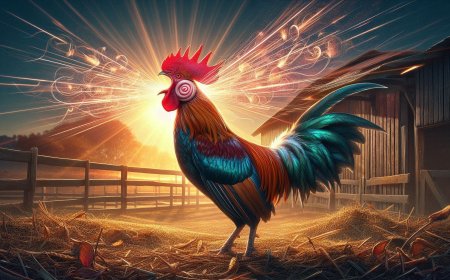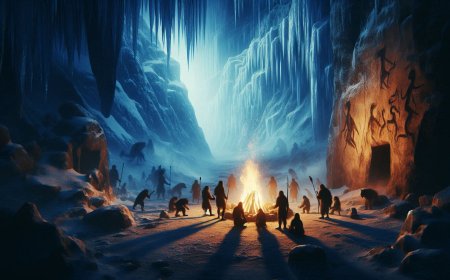The Hidden Foe: The Real Story of RSV
Discover the story of scientific breakthroughs in respiratory virus research, from early laboratory studies to modern innovations in medical science. Explore how researchers have evolved their understanding of viral threats and are working toward new solutions for the future.

As the world emerged from the shadow of the COVID-19 pandemic, a new fear gripped the public. Many whispered that Respiratory Syncytial Virus—RSV—was the latest in a string of dangerous, unknown viruses. But RSV is no stranger. It has been quietly lurking for decades, often striking the most vulnerable among us—children, the elderly, and those with weakened immune systems.
RSV’s story begins in the late 1950s, not with humans, but with chimpanzees. Scientists were investigating an outbreak of respiratory illness in chimps, eventually isolating what they called the “chimp coryza agent.” Little did they know, they were on the verge of discovering a virus that would soon be recognized as a leading cause of respiratory illness in humans. Shortly after, doctors found the same virus in children with severe respiratory infections, and the true nature of RSV was revealed.
For decades, RSV has been a known enemy in pediatric wards, causing illnesses like bronchiolitis and pneumonia. Parents might have mistaken it for a bad cold or flu, but for many children, especially infants, it was far more dangerous. Hospitals around the world saw waves of children each year, struggling to breathe due to RSV-related infections. Despite its relatively quiet presence, it had long been recognized as a major health threat, especially during the colder months.
However, it wasn’t just infants at risk. Over time, scientists realized that RSV doesn’t discriminate by age. The elderly and those with chronic health conditions were also highly susceptible, often ending up in hospitals with severe respiratory distress. The virus, once thought to primarily affect children, revealed its broader impact, showing that it could wreak havoc on anyone, young or old.
Efforts to develop a vaccine for RSV started early, but the road was anything but smooth. In the 1960s, a promising vaccine led to unexpected tragedy. Infants who were vaccinated developed even more severe symptoms upon encountering the virus later. This failure set back vaccine development for decades, leaving researchers to tread cautiously in the quest for a safe and effective solution.
Yet, science presses on. Today, with better understanding and new technologies, vaccine candidates are in late-stage trials, offering hope that one day, RSV could be tamed. Until then, treatment remains focused on supportive care, especially for high-risk groups.
So, if RSV is not new, why are so many just now hearing its name? For most, it’s because they were lucky enough never to get it—or if they did, they recovered without incident, mistaking it for just another cold. But for the many children, elderly, and vulnerable individuals who battle RSV each year, the virus is a well-known adversary, one that has yet to be fully defeated.
The story of RSV reminds us that not all threats come with fanfare. Some have been here all along, quietly challenging us, year after year. As our understanding deepens, and new vaccines emerge, we may finally have the tools to write the final chapter in this virus’s long and hidden history. Until then, we remain vigilant, knowing that the next RSV season is just around the corner.
What's Your Reaction?






































































































